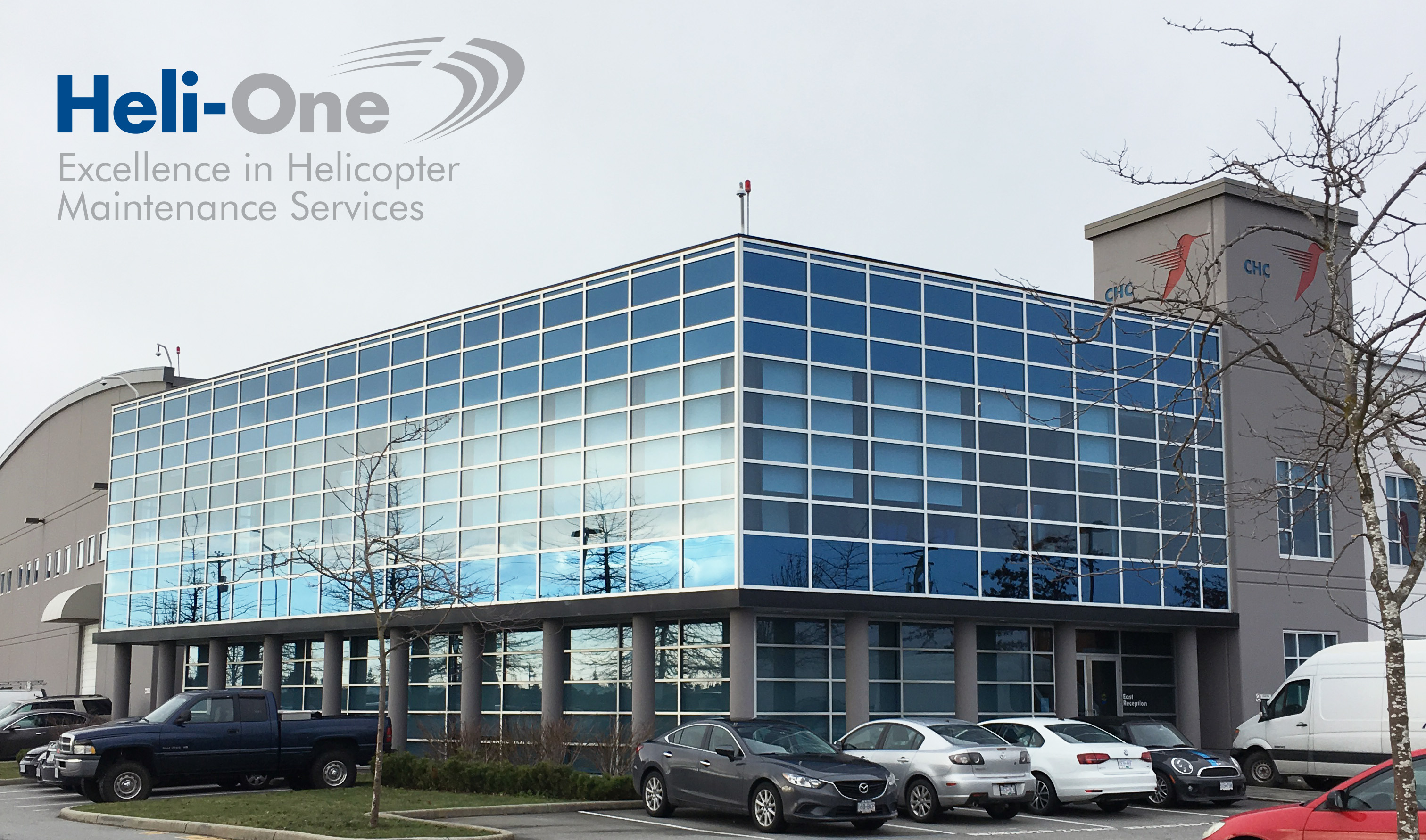
News & Insights

Heli-One Canada recently completed the move from their previous home in Boundary Bay to two new nearby facilities in Richmond and Delta. The move represented an opportunity for Heli-One to re-evaluate their business costs, to look for ways to stay competitive, and to offer more value to customers. We met with Guy Borowski, GM North America Operations, to discuss the motivations behind the move, the challenges associated with it, and what he anticipates in 2017.
After being at Boundary Bay for nearly 10 years, why move?
Supporting helicopter operators in the oil and gas segment is a significant piece of our business and with the current low price of oil, helicopter activity has decreased so we had to adjust to the market and rise to the challenges that the oil and gas industry is facing. Our customers are facing a downturn in their business and they need us to provide greater value to them. In addition, our customers in other markets are equally looking to us to continually find new ways to do things better so we chose to look at our infrastructure, our pricing, our costing – any way we could help our customers and keep us competitive.
How did the move proceed?
I was really impressed by our team’s ability to come together and rally to the cause. In one of our new facilities – we were moving into an empty office building with no lighting, no infrastructure, nothing. And we had to be up and running in 30 days. We had so much equipment to relocate but with the expertise of our teams, from the technicians to the managers, we were able to keep the LEAN concepts we employed previously with a high emphasis on safety. Indeed, the move gave us the opportunity to push the LEAN concept further and take advantage of latest thinking and tools.
Has Heli-One Canada’s capabilities changed?
We just had an OEM audit so we are approved for production in our new facility. We’ve maintained our capabilities at Heli-One Canada – now we do Airframes in one facility and Engines & Components in another. As an added bonus, we’ve seen some benefits with the new layout of better communication within the facilities. That wasn’t a key aim of the move but is a welcome side effect.
What do you see in store for rotor wing MRO in 2017?
I’m expecting to see more consolidation elsewhere in the MRO market as others similarly look to improve efficiencies to cut costs because that’s what the customers are demanding. They are looking for value, they want a quality product – that focus hasn’t changed for us but now we have the right cost structure to address the challenges of the market today and are well-placed to meet the opportunities of the future.

